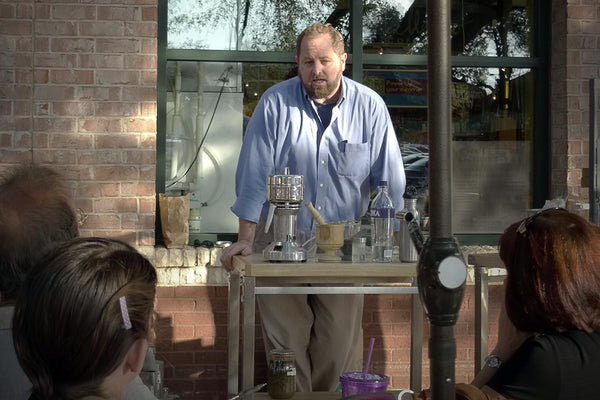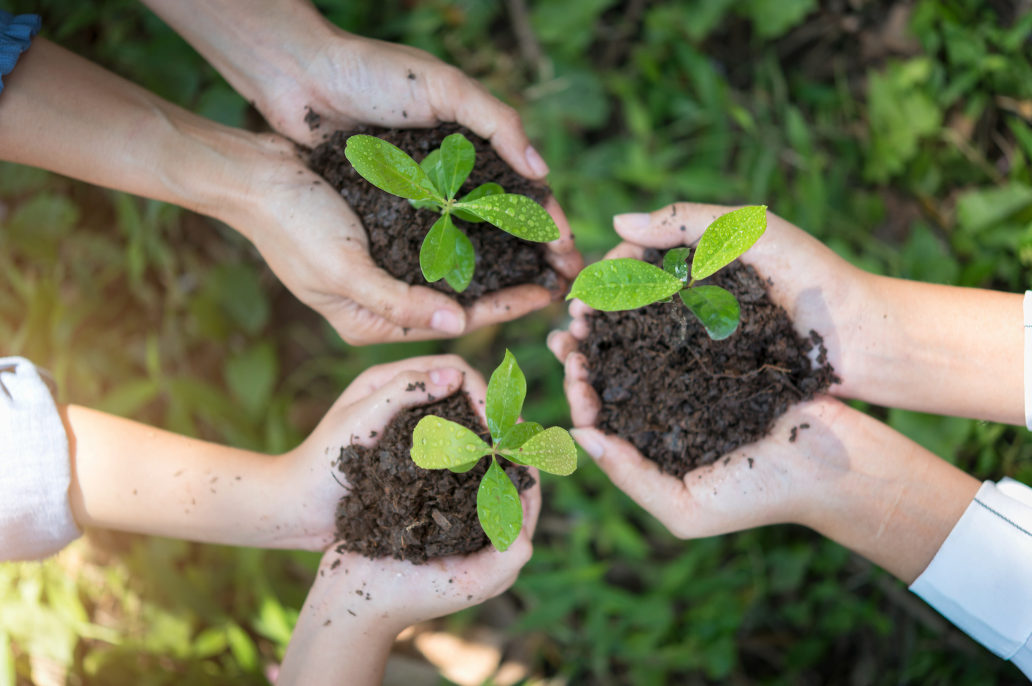Plant-based medicine is arguably the world’s oldest form of health care. And the most highly developed and well-documented system of herbalism arguably belongs to Traditional Chinese Medicine. Despite their long history (or maybe because of it), Chinese herbs are often misunderstood. Here's my take on five persistent myths of herbal medicine.
Myth #1
Chinese herbs have to taste bad to work.
It’s true that some herbs taste bad. I have had some that taste so bad they brought tears to my eyes and made me wish for the sweet, sweet flames of death. But some herbs actually taste good.
In general, the herbs that taste “bad” are more accurately described as bitter. In traditional Chinese medicine, bitter herbs are mostly used to treat infection and yield results quite quickly.
But there are also herbs that taste sweet. These are mostly used to fortify the immune and digestive systems, a process that takes longer with results that are less immediately apparent. Goji berries (gou qi zi), for example, commonly appear in tonification formulas, but they taste delicious enough on their own to be found in the snack aisle of Whole Foods Market.
A number of culinary herbs also have medicinal properties. Cinnamon, ginger, mint, and licorice root are all components we frequently use in Herbalogic formulas, both for their functional benefits and their flavor.
Myth #2
Chinese herbal formulas only work if a practitioner gives them to you.
While there are certainly health conditions that need the expertise and supervision of a trained professional, there are also many standard formulas that are the herbal equivalent to Vitamin C. As a professor of mine once commented on the commonly used formula, Xiao Yao San (the inspiration for Herbalogic’s Decompress), “In China you don’t go to the doctor to get Xiao Yao San. You go to your grandmother.”
Myth #3
Chinese herbs only work if they are taken in the "traditional" way.
In traditional use, Chinese herbal therapy often involves boiling a bag of sticks and leaves and bark for 15 minutes, straining off the solids, and drinking the remaining liquid (called a decoction). While the “tea” is quite effective, the majority of the active ingredients are tossed out with the solids because this short boiling releases only a fraction of the plants’ beneficial chemistry. With no natural preservatives, the “tea” also has a very short shelf-life before it needs to be pitched along with last week’s fuzzy leftovers.

Herbalogic's David Jones demonstrates the basics of tincturing medicinal herbs at Whole Foods Market in Austin, Texas.
Tincturing — a centuries-old process that involves a long, cold steep of ground herbs in ethyl alcohol — extracts much more of an herb’s medicinal compounds and preserves them for as long as two or three years. And a tremendous amount of scientific research over just the last hundred years has resulted in some very effective extraction methods. In China, for example, traditional herbs undergo a careful extraction process and are used intravenously to treat cases of diabetic gangrene where antibiotics have proven ineffective.
Myth #4
Chinese herbs are not regulated in the United States.
This is a very common misconception. In fact, herbs, just like pharmaceuticals, are regulated by the Food and Drug Administration (FDA). Herbs are held to different standards than drugs, but there are extensive standards regarding their manufacturing, labeling, and marketing.
Myth #5
All herbs are natural, so they must be safe.
 Sadly, it’s just not that simple. Plants can be powerful. Setting aside all the obviously toxic species we know about, even some beneficial plants can hurt you if prepared or taken incorrectly. In the world of medicinal herbs, safety is a complex matter of proper herb identification, harvesting and processing methods, dosage, and appropriate use. In the past several decades, a number of herbs have been banned from sale and importation into the United States, not because the herbs themselves were inherently unsafe, but because one of these protocols was ignored or went tragically wrong. Dave and I once spent an hour talking about the unfortunate case of ephedra and how its misuse led to its ban in the United States.
Sadly, it’s just not that simple. Plants can be powerful. Setting aside all the obviously toxic species we know about, even some beneficial plants can hurt you if prepared or taken incorrectly. In the world of medicinal herbs, safety is a complex matter of proper herb identification, harvesting and processing methods, dosage, and appropriate use. In the past several decades, a number of herbs have been banned from sale and importation into the United States, not because the herbs themselves were inherently unsafe, but because one of these protocols was ignored or went tragically wrong. Dave and I once spent an hour talking about the unfortunate case of ephedra and how its misuse led to its ban in the United States.
Fortunately, such cases are rare. As a consumer, the most responsible thing to do is to stay informed and choose manufacturers with good reputations that are committed to these elements of safety.
Do you have questions about Chinese herbs? Ask, and let the conversation continue here and on our Facebook or Google+ page.





